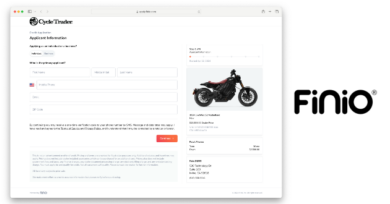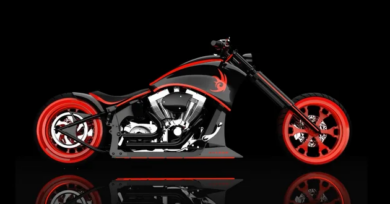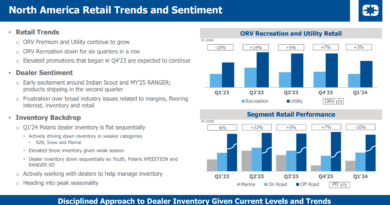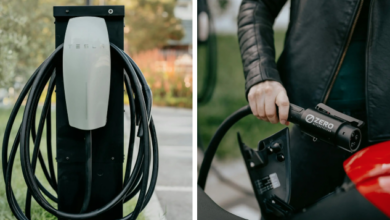March 31, 2008: Turning around service profits starts at the top
These articles recap some of the opportunities uncovered by Gart Sutton & Associates’ powersports specialists during consulting visits.
These are followed by recommended actions that address the issues. Our goal is to provide ideas to help improve your dealership.
Dealership details
Two years ago, the owners bought out an older, well-established dealership in a small, rural area. It has recently been moved from a small, 3,000-square-foot facility located in the downtown area to a 14,000-square-foot former supermarket building on the edge of town. The newly remodeled facility is partially visible from a main highway, but there is no direct access. The absentee owners originally left the daily operation of the business in the hands of the existing dealership staff.
The goal for this engagement was to identify and establish the processes necessary for the profitable operation of each department and the overall dealership. The first articles in this series described findings and solutions for the overall dealership, the sales and F&I departments and the PG&A department. For this last part, the article zeroes in on the service department.
Service department
Bob is the only employee remaining from the old dealership staff. He was promoted from the lead tech position to service manager. He has a reputation as an excellent technician. He is sharp and willing to learn, but he will have to make the transition from technician to manager very quickly. He will have to develop the systems and procedures to make this department profitable. Bob needs to become proficient with the computer so he can closely monitor the key performance indicators for his department to ensure profitability. These include:
As with the other departments, there is no measuring or tracking of the essential data in this department. The shop layout is inefficient and crowded. Customers are allowed to enter the shop work area from the front and back of the store. Methods of eliminating this were discussed. This carries liability risks and also reduces the techs’ productivity.
The write-up counter is located next to the work area and is prone to noise and smoke from the shop. A possible alternative location was identified and discussed. This area should be merchandised with seasonal clothing and accessory displays to stimulate additional sales opportunities.
A reception checklist was provided and explained. Using this checklist with all write-ups will ensure consistency, improve the detection of necessary safety repairs and increase service and parts sales.
There is no service menu system or display of common services. Bob will develop a book of common services with pricing by the job rather than flat rate. Some of the more common services should be promoted on a menu board to simplify and promote additional service sales.
No time clock is used. One was located and will be implemented ASAP. This will provide data that Bob needs in order to monitor the essential performance measurements for the techs and the department. A spreadsheet was provided for him to use to track these key performance indicators.
Much of the tech time is not accounted for on R.O.s. Any time a tech is used, an R.O. must be created. Jobs for other departments (such as PDI for sales) must be billed internally to ensure accuracy of the COGS.
Recommended Actions
Gart Sutton has been a leading provider of on-site dealer consulting, dealer 20-groups, online financial composites, accounting rescue services, and OEM and dealership training solutions for nearly 30 years. For additional information on these services, visit www.gartsutton.com.




